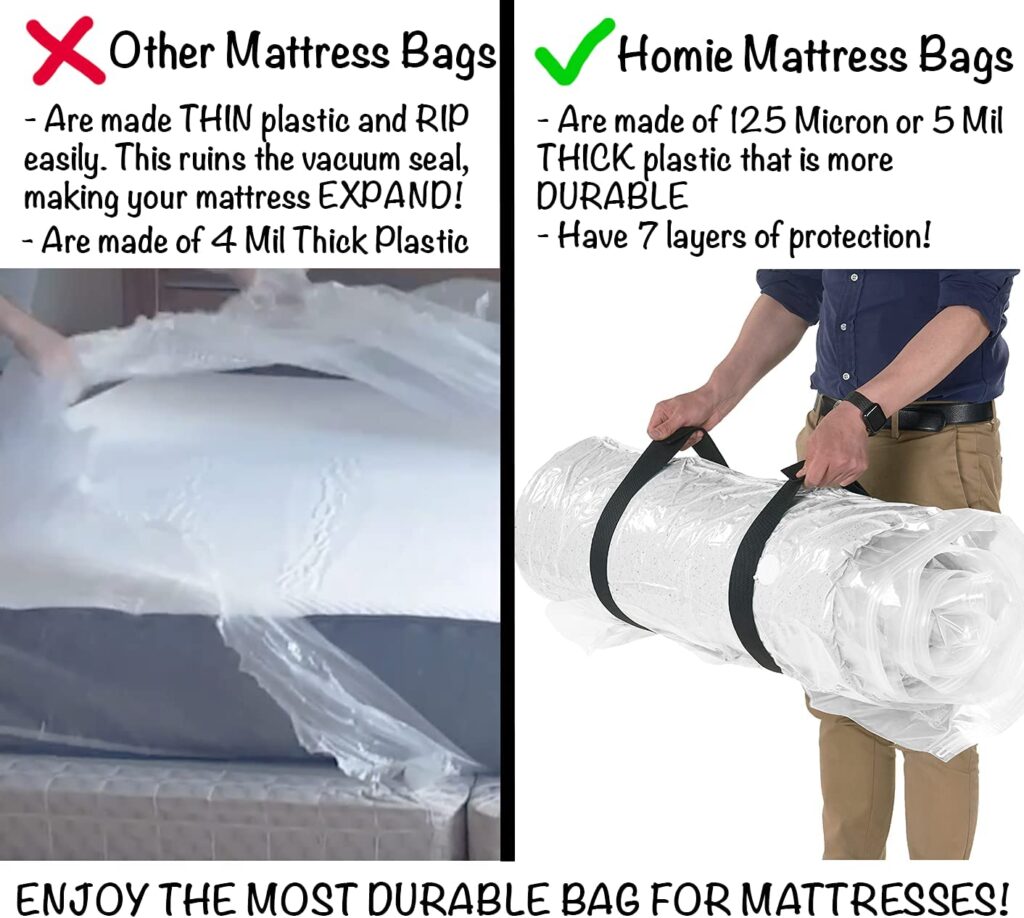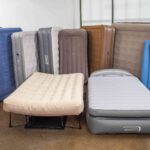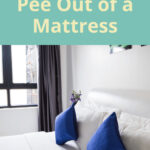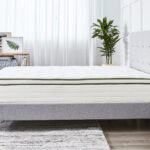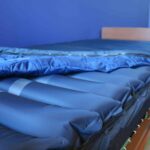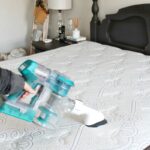If you’re looking for a simple and cost-effective way to protect and preserve your mattress, vacuum sealing is the answer. In this guide, we’ll show you how to vacuum seal a mattress in just a few easy steps. With the right tools and knowledge, you can help keep your mattress clean, fresh, and in great condition for years to come. So, let’s get started and learn how to vacuum seal a mattress!
What is Vacuum Sealing?
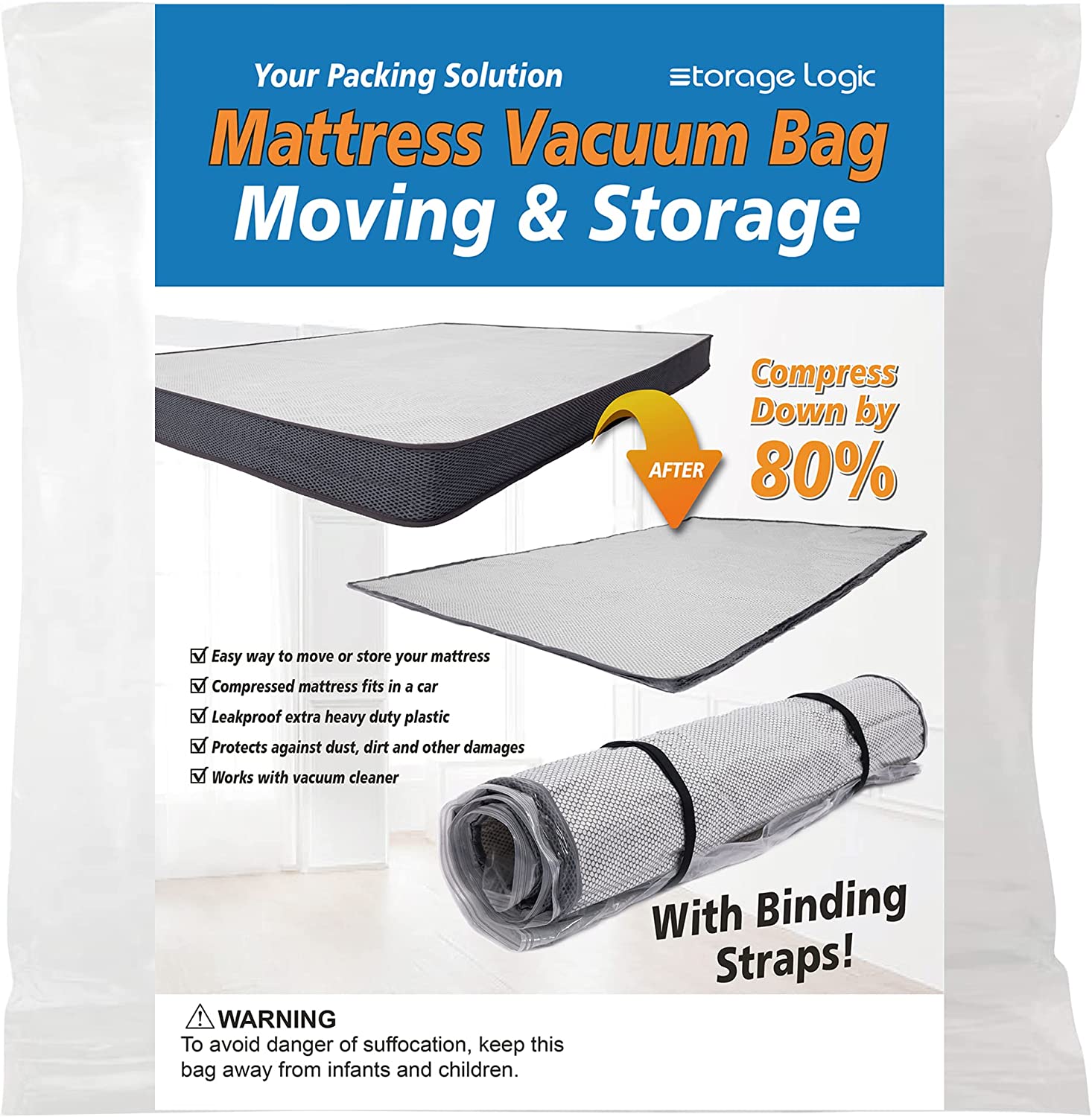
Vacuum sealing is a process of removing air from a mattress and sealing it with a vacuum sealer. It prevents air, moisture, and dirt from entering the mattress, thereby making it last longer. It also prevents sagging and compresses the mattress to a smaller size, making it easier to transport and store. Vacuum sealing is an effective way to preserve a mattress for many years.
The process of vacuum sealing a mattress involves using a special machine to remove the air from the mattress and then vacuum seal it in an airtight bag. This process helps to protect the mattress from dirt, dust, and other contaminants. Additionally, it reduces the size of the mattress, making it easier to store and transport.
To vacuum seal a mattress, you will need a vacuum sealer, a mattress-sized bag, and a few other supplies. It is important to ensure that the mattress is clean before sealing it, as dirt and dust can cause damage over time. Once your mattress is clean and ready to be vacuum sealed, simply place it in the bag and seal it with the vacuum sealer.
How to vacuum pack a mattress is an easy process that can help to preserve the life of your mattress and save you money in the long run. By vacuum sealing your mattress, you can ensure that it will stay in top condition for many years to come.
Benefits of Vacuum Sealing a Mattress
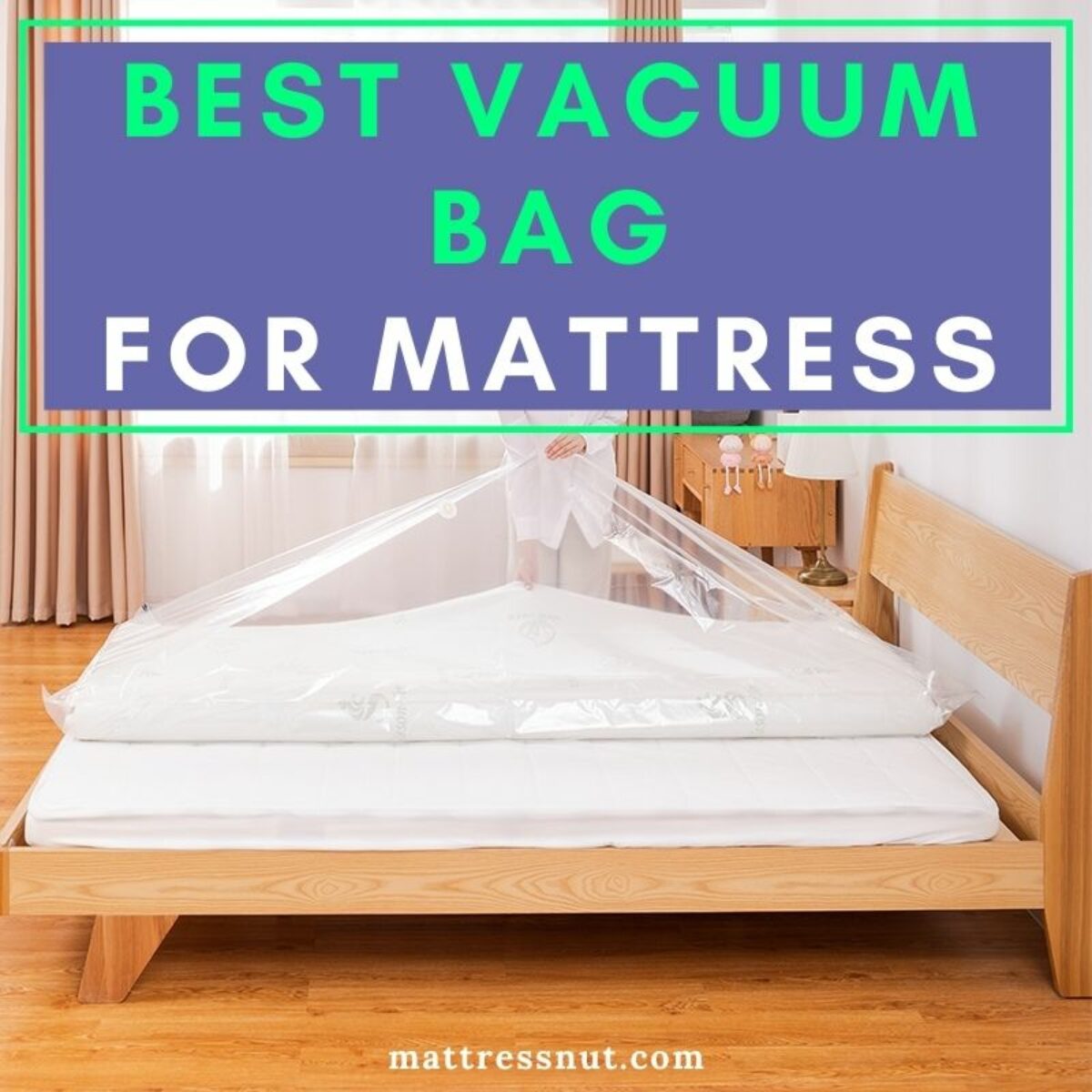
1. Prolongs mattress life: Vacuum sealing a mattress helps to decrease the wear and tear of the mattress, thus prolonging its life. The process helps to remove air, moisture, and dirt from the mattress, making it last longer.
2. Enhances comfort: Vacuum sealing a mattress helps to improve the mattress’s comfort level by eliminating the lumps and bumps that come with regular wear and tear. It also helps to keep the mattress in shape and prevents the mattress from developing deep impressions.
3. Saves space: Vacuum sealing a mattress helps to reduce its size by up to 75%. This is ideal for people who need to store their mattress for long periods of time or for those who want to move their mattress from one place to another.
4. Allergy-free: Vacuum sealing a mattress helps to reduce the presence of dust mites, mold, and other allergens, making it a safer and healthier option for people with allergies.
5. Saves money: Vacuum sealing a mattress helps to save money in the long run. By extending the life of the mattress, you can avoid the need to buy a new mattress, thus saving money in the long run.
6. Easy to do: Vacuum sealing a mattress is a relatively easy process that can be done in under an hour. It requires no special tools, only a vacuum cleaner, and is a great way to keep your mattress in good condition.
7. Improved air quality: Vacuum sealing a mattress helps to improve the air quality in your home by removing dust, dirt, and other allergens from the mattress. This helps to create a healthier and safer environment for everyone in the home.
How long does it take to vacuum seal a mattress? The process of vacuum sealing a mattress can take up to an hour, depending on the size of the mattress.
Materials Needed to Vacuum Seal a Mattress
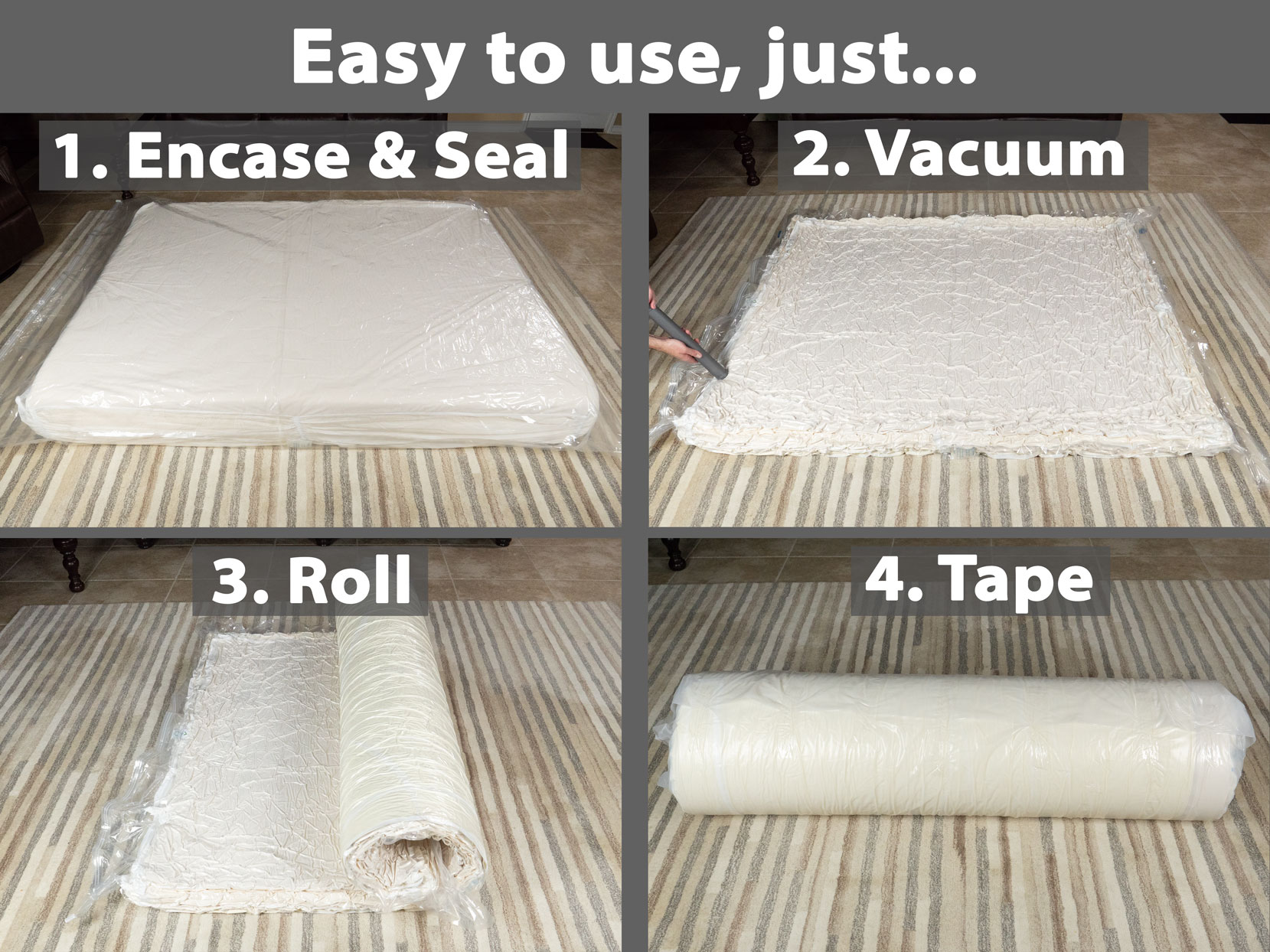
- Vacuum Sealer: Choose a vacuum sealer with adjustable settings and a large enough seal bar to accommodate the mattress you are vacuum sealing.
- Vacuum Sealer Bag: Select a bag that is large enough to fit the mattress.
- Vacuum Hose: Purchase a vacuum hose that is compatible with the vacuum sealer.
- Gasket: Choose a gasket that is designed to fit the vacuum sealer.
- Scissors: Use scissors to cut the bag to the desired size.
- Measuring Tape: Use a measuring tape to measure the mattress before purchasing the bag.
Vacuum sealers are the perfect way to preserve and protect mattresses. To successfully vacuum seal a mattress, you will need a vacuum sealer, vacuum sealer bag, vacuum hose, gasket, scissors, and a measuring tape.
The vacuum sealer should have adjustable settings and a large enough seal bar to accommodate the mattress. Select a vacuum sealer bag that is large enough to fit the mattress. Purchase a vacuum hose that is compatible with the vacuum sealer. Choose a gasket that is designed to fit the vacuum sealer. Use scissors to cut the bag to the desired size. Lastly, use a measuring tape to measure the mattress before purchasing the bag.
Using the right materials for the vacuum sealing process is essential for a successful outcome. With the right materials and a few simple steps, you can easily preserve your mattress and save money.
Preparing the Mattress for Vacuum Sealing
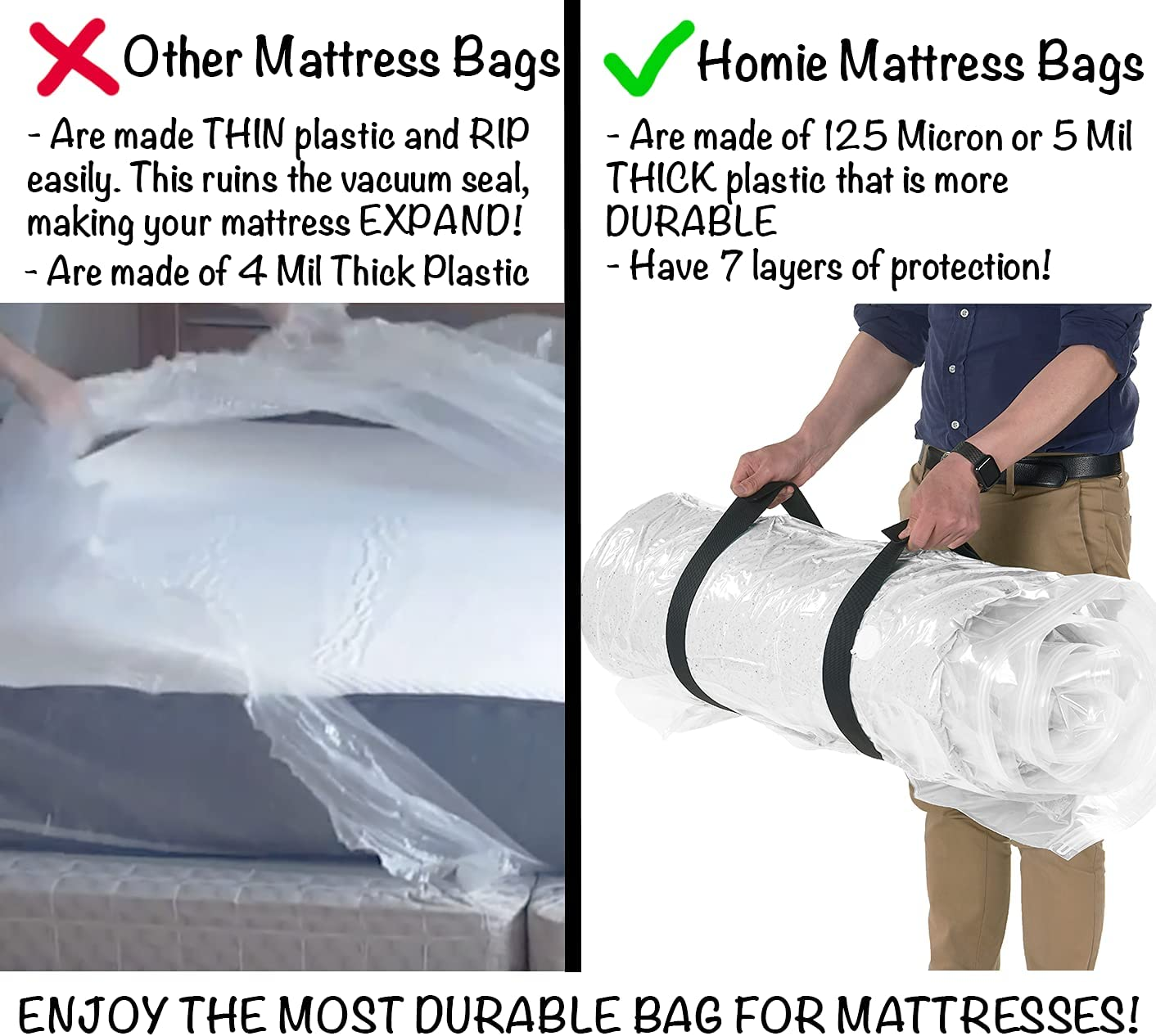
- Clean the mattress: Vacuum the mattress to remove any dust and debris. Clean any stains with a mild detergent and warm water.
- Remove the mattress cover: Take off the mattress cover and set it aside for later.
- Position the vacuum bag: Place the vacuum bag over the mattress and secure it around the edges with clips or tape.
- Connect the vacuum hose: Attach the vacuum hose to the bag and make sure it is securely connected.
- Turn on the vacuum: Turn on the vacuum and wait for the mattress to be completely sealed.
Once the mattress is vacuum sealed, the mattress cover can be put back on to protect the mattress and keep it clean.
Vacuum Sealing the Mattress
1. Benefits of Vacuum Sealing the Mattress:
- The mattress is more durable and lasts longer.
- It is protected from dust, dirt, and other particles.
- The mattress is easier to transport and store.
- It helps to keep the mattress clean, hygienic, and allergy-free.
- The mattress is protected from mold and mildew.
- It helps save money in the long run.
2. Steps to Vacuum Seal a Mattress:
- Prepare the mattress by cleaning it thoroughly with a vacuum cleaner and removing all debris, dust, and dirt.
- Choose a vacuum sealer that is suitable for the size and type of mattress.
- Place the mattress in the vacuum sealer and seal it according to the manufacturer’s instructions.
- Once the mattress is sealed, remove it from the vacuum sealer and store it in a cool, dry place.
3. Tips for Vacuum Sealing the Mattress:
- Make sure the mattress is completely dry before vacuum sealing.
- Check the vacuum sealer for any damage or malfunction before using.
- Ensure that the mattress is properly secured in the vacuum sealer.
- Do not overfill the mattress with air as it might cause it to become misshapen.
- Be careful not to puncture the mattress while vacuum sealing.
After Vacuum Sealing the Mattress
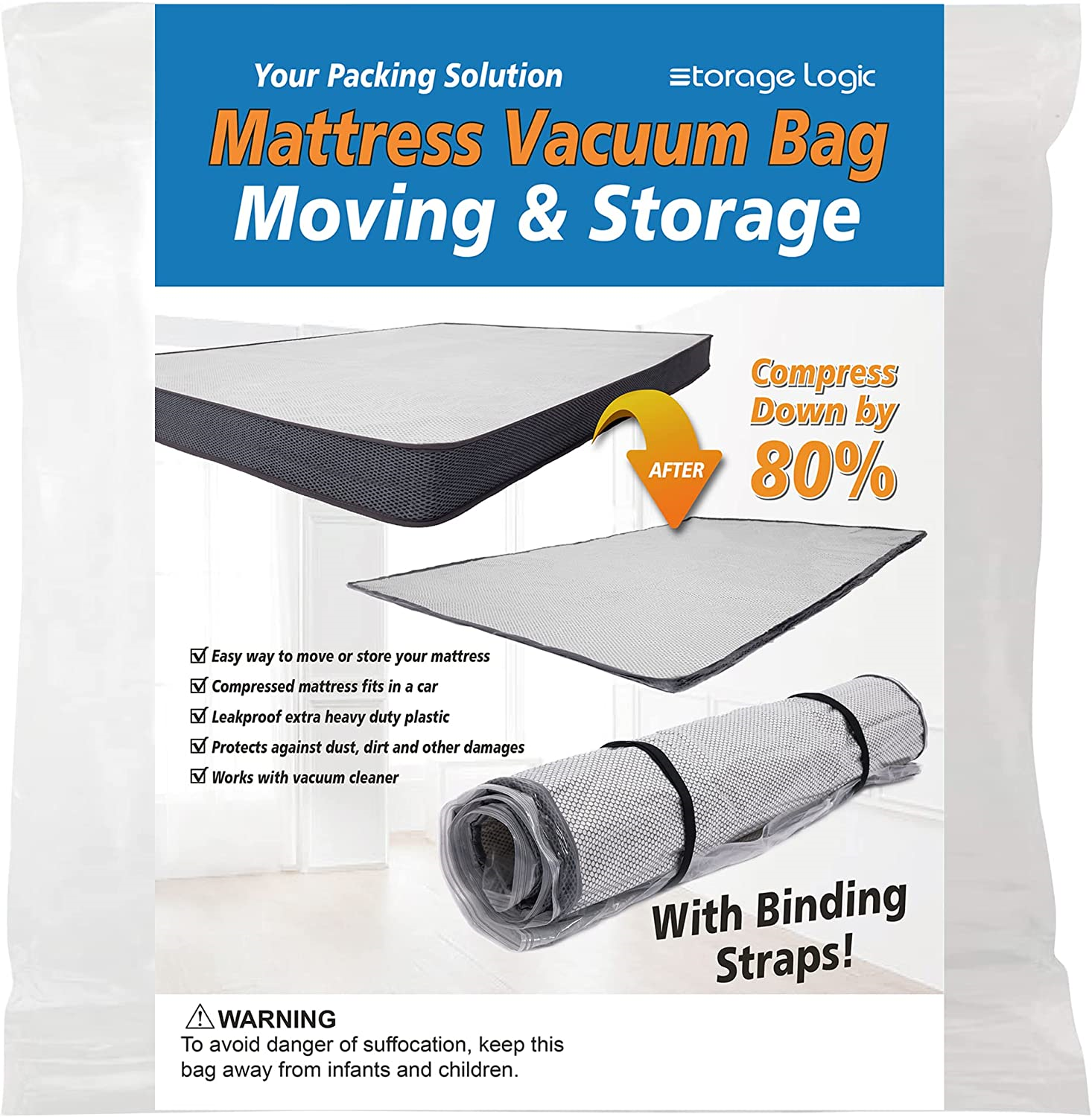
Once you have sealed the mattress, there are a few things you should do to ensure it is properly preserved:
- Check for air leaks – Once the mattress is sealed, check for any potential air leaks. If you notice any, use tape to seal them.
- Check for moisture – Make sure there is no moisture in the mattress. If there is, it can lead to mold and mildew growth, ruining the mattress.
- Store the mattress properly – Store the mattress in a cool, dry place. Avoid storing it in direct sunlight or near any heat source.
- Check the mattress regularly – Check the mattress regularly for any signs of damage or wear and tear. Replace it if necessary.
By following these simple steps, you can vacuum seal your mattress and ensure it lasts for years to come. Not only will you save money, but you will also get the peace of mind knowing that your mattress is protected.
How Long Does it Take to Vacuum Seal a Mattress?
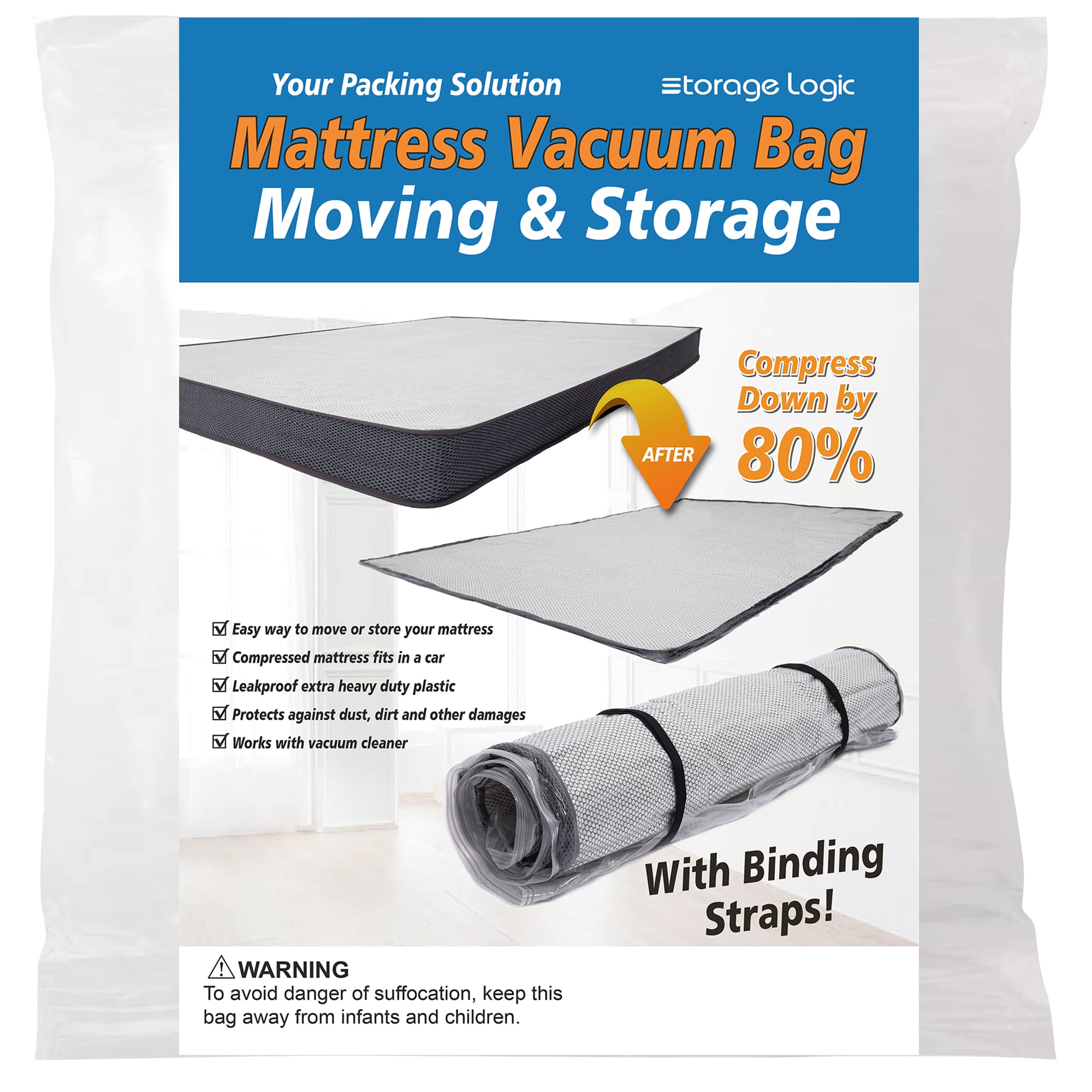
Vacuum sealing a mattress is not a complicated process, but it does take some time. Here’s a breakdown of the steps involved and how long they will take:
- Prepare the Mattress: To prepare the mattress for vacuum sealing, you will need to clean it thoroughly. This includes vacuuming, spot cleaning, and air drying. Depending on the size of the mattress, this step can take anywhere from 10 minutes to an hour.
- Cut the Plastic: Once the mattress is clean and dry, you will need to cut a sheet of plastic large enough to fit the mattress. This should only take a few minutes.
- Secure the Plastic: Next, you will need to secure the plastic sheet to the mattress. This is usually done with duct tape or strong adhesive. Depending on the size of the mattress, this step can take about 10 minutes.
- Vacuum Seal: Finally, you will need to vacuum seal the mattress. This involves connecting a vacuum cleaner to the plastic sheet and sealing the mattress tightly. This step should take about 5 minutes.
In total, it should take about 15-30 minutes to vacuum seal a mattress, depending on the size and condition of the mattress.
Potential Problems with Vacuum Sealing a Mattress
- Compression of Foam: Foam mattresses are prone to compression while vacuum sealing, which can lead to a permanent indentation in the mattress and decrease its lifespan.
- Leaking Air: If the mattress is not properly sealed, air can leak out and cause the mattress to become less firm and not provide the same level of comfort.
- Vacuumed Mattress Unrolling: If the mattress doesn’t have enough tension after vacuum sealing, it can unroll itself, making it difficult to put back into shape.
- Damage to Mattress: Vacuum sealing a mattress can cause damage to the mattress if not done correctly, resulting in tears, rips, and punctures.
Frequently Asked Questions
What type of vacuum is needed to vacuum seal a mattress?
A vacuum with strong suction power is needed to effectively vacuum seal a mattress. It is important to select a vacuum with the right suction power, as a vacuum with weak suction power may not be able to properly remove all the air from the mattress. Here are some features to look for in a vacuum for vacuum sealing a mattress:
- A strong motor with a high suction power
- A wide nozzle to cover the entire mattress
- A HEPA filter to trap dust and dirt
- A crevice tool to reach hard-to-reach areas
- An adjustable suction power setting
When selecting a vacuum for vacuum sealing a mattress, it is important to consider the size of the mattress and the type of fabric it is made of. Vacuums with higher suction power may be necessary for thicker mattresses and those made of synthetic fabrics.
Is it Possible to Vacuum Seal a Mattress Without a Vacuum?
No. Vacuum sealing a mattress requires the use of a vacuum cleaner to suck out the air and create an airtight seal. However, there are other ways to preserve a mattress:
- Use a Mattress Cover: Mattress covers are designed to keep dust, dirt, and other particles away, as well as to keep the mattress clean and dry. It is important to use a mattress cover that is made of breathable material, such as cotton or bamboo, to allow the mattress to stay cool and dry.
- Use a Mattress Protector: A mattress protector is a thin sheet of material that fits over the mattress and helps protect it from spills, dust, and other debris. It is important to choose a protector that is waterproof and breathable.
- Use a Mattress Topper: A mattress topper is a thick pad that is placed on top of the mattress to add extra cushioning and comfort. It is important to choose a mattress topper that is made of breathable and comfortable material.
- Use a Mattress Pad: A mattress pad is a thin layer of material that is placed on top of the mattress to provide extra cushioning and comfort. It is important to choose a mattress pad that is made of breathable and comfortable material.
By using these methods, you can preserve your mattress and keep it clean and dry. However, they are not as effective as vacuum sealing, which can provide a longer lasting solution to preserving your mattress.
How often should I vacuum seal my mattress?
- Annually. Vacuum sealing a mattress can help to reduce dust, mites, and other allergens. It can also help to extend the life of your mattress.
- Every 3-5 years. If you notice that your mattress is starting to sag or has started to show signs of wear and tear, it may be time to vacuum seal it.
- Whenever you move. Moving can cause your mattress to become dirty and worn out. Vacuum sealing it can keep it looking fresh and clean.
Vacuum sealing a mattress is an easy and affordable way to keep your mattress looking and feeling its best. It can help to extend the life of your mattress and help to reduce allergens and dust mites. Vacuum sealing should be done at least once a year and whenever you move.
What kind of plastic should I use for vacuum sealing my mattress?
When vacuum sealing a mattress, it is important to use the right kind of plastic to ensure the best results. The best types of plastic to use are:
- Heat Shrink Plastic: This type of plastic is ideal for vacuum sealing mattresses. It is heat resistant, strong and durable. It can easily be cut to size, making it perfect for custom fitting.
- Vacuum-Sealed Plastic: This type of plastic is designed specifically for vacuum sealing mattresses. It is designed to provide an airtight seal, which will help keep the mattress free from dust and moisture.
- Vinyl: Vinyl is a strong and flexible material that is often used to make mattress covers. It is water resistant and provides a tight seal, making it perfect for vacuum sealing mattresses.
When choosing a plastic for vacuum sealing, it is important to consider the size and shape of the mattress. It is also important to ensure that the plastic is strong and durable enough to withstand the vacuum pressure.
Are there any potential risks associated with vacuum sealing a mattress?
Yes, there are. Below are some potential risks associated with vacuum sealing a mattress:
- It can reduce the lifespan of the mattress.
- It can cause mold and mildew growth.
- It can make the mattress less breathable, resulting in a warmer sleeping surface.
- It can lead to a reduction in the elasticity of the mattress.
- It can cause an increase in the amount of dust mites in the mattress.
- It may not be compatible with some types of mattresses.
It is important to take into account all potential risks before vacuum sealing a mattress. Be sure to read the manufacturer’s instructions carefully and follow all safety precautions.
Conclusion
Vacuum sealing a mattress can be an effective way to preserve it for years to come. By following the simple steps outlined in this article, anyone can vacuum seal their mattress and help save themselves money in the long run.
